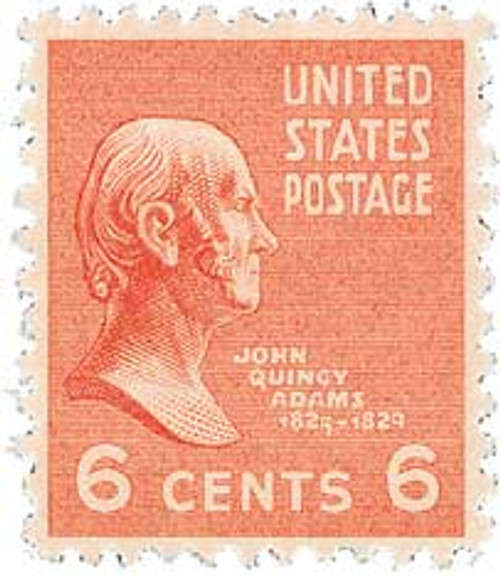
# 826 - 1938 21c Arthur, dull blue
Write a Review

826 - 1938 21c Arthur, dull blue
| Image | Condition | Price | Qty | |
|---|---|---|---|---|

|
Mint Plate Block
ⓘ
Ships in 1-3 business days.
Ships in 1-3 business days.
$ 15.95
|
$ 15.95 |
|
0
|
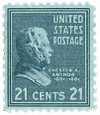
|
Mint Stamp(s)
ⓘ
Ships in 1-3 business days.
Ships in 1-3 business days.
Free with 890 Points
$ 2.95
|
$ 2.95 |
|
1
|

|
Mint Stamp(s)
Fine
ⓘ
Ships in 1-3 business days.
Ships in 1-3 business days.
$ 3.50
|
$ 3.50 |
|
2
|
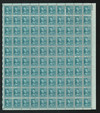
|
Mint Sheet(s)
ⓘ
Ships in 1-3 business days.
Ships in 1-3 business days.
$ 300.00
|
$ 300.00 |
|
3
|
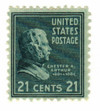
|
Mint Stamp(s)
Fine, Never Hinged
ⓘ
Ships in 1-3 business days.
Ships in 1-3 business days.
$ 4.25
|
$ 4.25 |
|
4
|
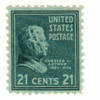
|
Mint Stamp(s)
Very Fine
ⓘ
Ships in 1-3 business days.
Ships in 1-3 business days.
$ 4.25
|
$ 4.25 |
|
5
|
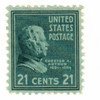
|
Mint Stamp(s)
Very Fine, Never Hinged
ⓘ
Ships in 1-3 business days.
Ships in 1-3 business days.
$ 5.00
|
$ 5.00 |
|
6
|
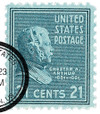
|
Used Single Stamp(s)
ⓘ
Ships in 1-3 business days.
Ships in 1-3 business days.
$ 1.00
|
$ 1.00 |
|
7
|
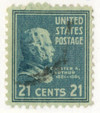
|
Used Single Stamp(s)
Fine
ⓘ
Ships in 1-3 business days.
Ships in 1-3 business days.
$ 2.20
|
$ 2.20 |
|
8
|

|
Unused Stamp(s)
small flaws
ⓘ
Ships in 1-3 business days.
Ships in 1-3 business days.
Free with 480 Points
$ 2.00
|
$ 2.00 |
|
9
|

|
Used Stamp(s)
small flaws
ⓘ
Ships in 1-3 business days.
Ships in 1-3 business days.
$ 0.75
|
$ 0.75 |
|
10
|
| Mount | Price | Qty |
|---|
21¢ Arthur
1938 Presidential Series
City: Washington, DC
Quantity: 118,616,900
Printed by: Bureau of Engraving and Printing
Printing Method: Rotary press
Perforations: 11 x 10 ½
Color: Dull blue
Known affectionately as the Prexies the 1938 Presidential series is a favorite among stamp collectors.
The series was issued in response to public clamoring for a new Regular Issue series. The series that was current at the time had been in use for more than a decade. President Franklin D. Roosevelt agreed, and a contest was staged. The public was asked to submit original designs for a new series picturing all deceased U.S. Presidents. Over 1,100 sketches were submitted, many from veteran stamp collectors. Elaine Rawlinson, who had little knowledge of stamps, won the contest and collected the $500 prize. Rawlinson was the first stamp designer since the Bureau of Engraving and Printing began producing U.S. stamps who was not a government employee.

21¢ Arthur
1938 Presidential Series
City: Washington, DC
Quantity: 118,616,900
Printed by: Bureau of Engraving and Printing
Printing Method: Rotary press
Perforations: 11 x 10 ½
Color: Dull blue
Known affectionately as the Prexies the 1938 Presidential series is a favorite among stamp collectors.
The series was issued in response to public clamoring for a new Regular Issue series. The series that was current at the time had been in use for more than a decade. President Franklin D. Roosevelt agreed, and a contest was staged. The public was asked to submit original designs for a new series picturing all deceased U.S. Presidents. Over 1,100 sketches were submitted, many from veteran stamp collectors. Elaine Rawlinson, who had little knowledge of stamps, won the contest and collected the $500 prize. Rawlinson was the first stamp designer since the Bureau of Engraving and Printing began producing U.S. stamps who was not a government employee.











